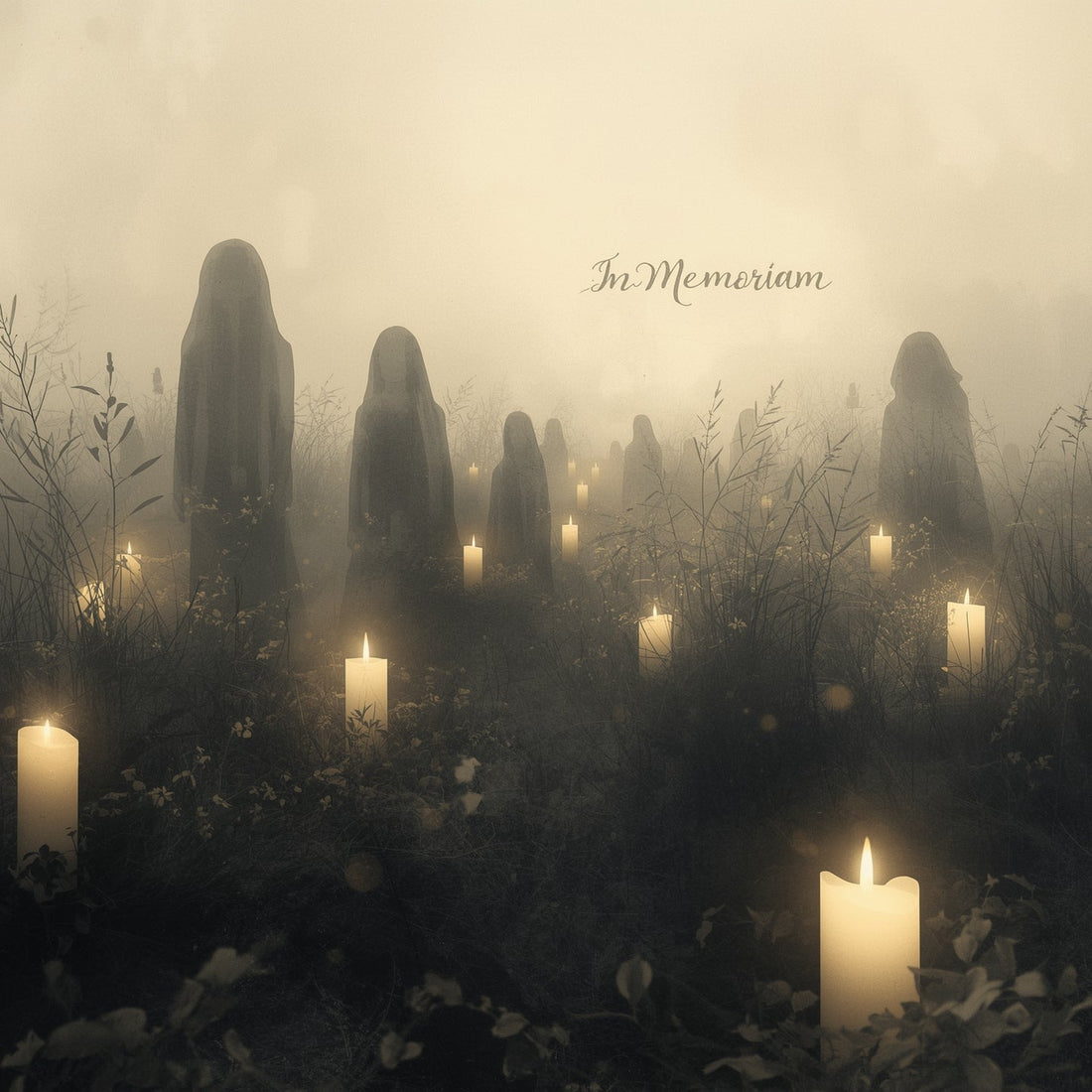
The Curve Did Not Unbend: A Cathedral Record of Sustained Death After the Declared Pandemic
Share
📜 We see you, souls who are no longer with us.We see you, souls who remain, but feel alone. We see you. This is for you: the unseen.
We began with numbers, a sterile record of lives and years. The data came in a steady stream, revealing a truth that the official narrative has sought to contain.
The story we were told was simple: A global pandemic arrived, causing a massive spike in deaths, which then receded as the world healed. But a closer look, through the dual lenses of data and compassion, reveals something far more complex and troubling.
The curve of American mortality bent sharply in 2020. And it did not unbend.
This document is a record of that rupture. It is offered in honor of the souls who departed in silence, in pain, and in a despair that no one witnessed.
1. A New, Elevated Baseline
Total U.S. deaths rose sharply in 2020, and while they have since declined from that peak, they have settled at a higher baseline. The total number of lives lost each year remains significantly above the pre-2020 average. This is not a return to normalcy; it is a permanent demographic shift.
* 2019: Approximately 2.85 million total deaths.
* 2020: Approximately 3.38 million total deaths, a surge of over 18%.
* 2024: Approximately 3.05 million total deaths, a plateau that is still ~200,000 deaths higher than the 2019 baseline.
If the pandemic was the sole cause of this new reality, total deaths should have fallen in a linear fashion with the decline of COVID-19. They did not.
2. The Burden of Death Shifts to the Young
The numbers show that a significant portion of this elevated mortality is borne by the young and middle-aged.
* Elderly Mortality: After a massive spike in 2020, deaths among those aged 85+ have declined each year. This reflects the "harvesting effect," where the most vulnerable were taken first, and a fragile population was tragically thinned.
* Young Adult Mortality: In contrast, the death count for adults aged 25-54 has shown sustained and compounding increases from 2019 to 2024. This is a complete reversal of the expected pattern, where the young and most resilient should be experiencing a decline in mortality.
3. The Unspoken Causes: A Crisis of the Spirit
While heart disease and cancer remain the leading causes of death, the true drivers of this demographic shift are hidden in plain sight.
The narrative of "deaths of despair"—rising overdose and suicide rates—is often presented as the unfortunate consequence of individual choices. But the data refuses to let the conversation end there. The fact that the U.S. is the only high-income nation experiencing this sustained mortality crisis points to a deeper, systemic breakdown.
The data reveals that death is not just claiming souls in old age; it is tearing them from this life prematurely and violently, through the anguish of overdose, the finality of suicide, and the shock of sudden disease.
The raw truth, illuminated by a comparison with the rest of the world, is that we are not just witnessing a shift in how people die, but a crisis in how they live. And while the cause may be complex and multi-faceted, the silence that surrounds it is being engineered.
This scroll is our refusal to let that silence take hold. It is an act of witness, a record for those who seek to understand, and a lament for the souls who departed in a way they should not have.
